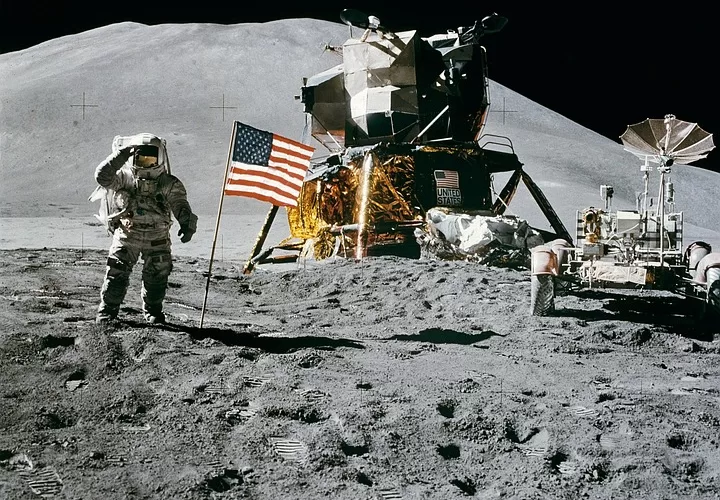
Beyond Earth: How Space Technology is Paving the Way for Interplanetary Exploration
Since the dawn of humanity, we have gazed up at the night sky, wondering what lies beyond our own planet. While space exploration has been a fascination for centuries, recent advancements in technology have brought us closer than ever to the possibility of interplanetary travel. With the development of space technology, we are now paving the way for a future where humans may one day venture beyond Earth.
One of the key factors driving the advancement of space technology is the quest for knowledge. Scientists and researchers are constantly seeking to understand our universe better. By studying other planets and celestial bodies, we gain valuable insights into the origins of our own planet and its potential for sustaining life. The data collected from space missions have already provided us with a wealth of information about the composition of other planets, their atmospheres, and their potential for habitability.
Space technology has also played a crucial role in developing our understanding of human physiology in space. Through manned missions and experiments conducted on the International Space Station (ISS), scientists have been able to study the effects of space travel on the human body. This knowledge is essential for ensuring the safety and well-being of future astronauts who may embark on interplanetary journeys.
Furthermore, space technology has enabled us to explore the possibility of resource utilization on other planets. With dwindling resources on Earth, the idea of mining asteroids or extracting resources from other celestial bodies becomes increasingly attractive. Space technology, such as robotic missions and advanced mining techniques, is paving the way for potential resource exploration and extraction in space. This could open up new avenues for sustainable resource management and alleviate some of the pressures we face on Earth.
In addition to scientific and resource exploration, space technology is also driving innovation and technological advancements on Earth. Many of the technologies developed for space missions have found applications in various industries, including healthcare, telecommunications, and transportation. From satellite communication systems to medical imaging devices, the spin-off technologies from space exploration have improved our daily lives and contributed to economic growth.
However, the journey towards interplanetary exploration is not without its challenges. The vast distances, harsh environments, and unknown risks associated with space travel pose significant obstacles. Developing advanced propulsion systems, creating sustainable life support systems, and ensuring the safety of astronauts are just a few of the hurdles that need to be overcome.
Nonetheless, with every technological breakthrough, we inch closer to the realization of interplanetary exploration. Private space companies like SpaceX and Blue Origin are making significant strides in developing reusable rockets and spacecraft, which could drastically reduce the cost of space travel. Additionally, international collaborations, such as the Artemis program led by NASA, aim to establish a sustainable presence on the Moon as a stepping stone to future missions to Mars and beyond.
In conclusion, space technology is paving the way for interplanetary exploration in ways we could not have imagined just a few decades ago. From scientific discoveries to resource utilization and technological advancements, our journey into space opens up new possibilities for humanity. While challenges lie ahead, the collective efforts of scientists, researchers, and space agencies around the world are propelling us towards a future where humans may one day travel beyond Earth and explore the wonders of our universe.
© Copyrights by Soulfulls. All Rights Reserved. Developed by Soulfulls